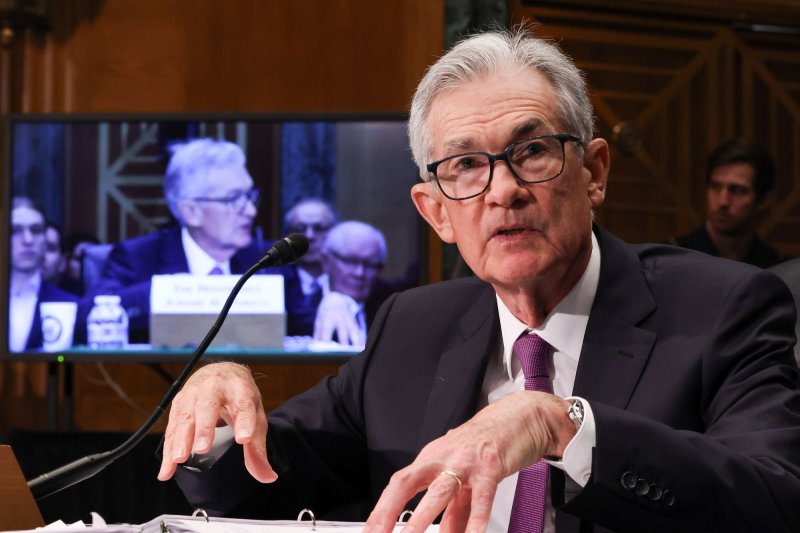Many central banks are moving toward a neutral policy rate
The so-called neutral policy rate has attracted more and more attention as central banks reach, or near, the end of their easing cycles. But not only is it hugely difficult to estimate. Its relevance to the state of fiscal policy may be more important than its implications for monetary policy.

The FED may cut rates this week
The neutral rate is probably best thought of as the policy rate that neither stimulates nor contracts the economy with inflation at the target rate. But ask any policymaker, and they will tell you that they don’t know where it is and, what’s more, it is not a constant level. Those central banks that try to estimate it usually put it in a range rather than as a point estimate.
The Fed is unusual in the sense that FOMC members are asked every quarter to write down their point estimate of the so-called ‘long term’ rate which most believe is their assessment of the neutral rate. These forecasts lead to a median neutral rate estimate right now of 3%. This estimate has moved around over time, but not by much. There is also a term structure for the neutral rate. The short-run neutral rate can be moved around by shocks, but the longer-term neutral rate, while not exactly impervious to these shocks, tends to function more as an equilibrium rate between the level of savings and investment in an economy.
Some central banks are now starting to give the impression that they might be at about neutral right now. The clearest signal here is arguably from the ECB, for while it too cites a range for the neutral rate of between 1.75% and 2.25% according to ECB economists, many members seem to be saying that 2% is the right rate (which happens to be in the center of this band and also happens to be the current rate and also happens to be the ECB’s inflation target level, which has been pretty much hit for some months now).
In short, the eurozone seems to be in ‘equilibrium.’ And if, at the end of the Fed’s easing cycle, inflation is close to its 2% target and the policy rate sits at the FOMC’s definition of neutral, at 3%, Steven Barrow, Head of Standard Bank G10 Strategy, also argues that the US is in ‘equilibrium’ too. But is that right?
Central bankers don’t have responsibility for budgetary policy, but, in a very real sense, the neutral rate is far more important for fiscal policy than monetary policy. This is because it is a key component of an equation that determines whether debt is on a stable path or not. For if the interest rate is in excess of the nominal growth rate, it can mean that debt explodes higher unless the government can make great strides in reducing the primary (non-interest) budget deficit.
In the US, projections suggest that the total deficit will stay around 6% of GDP and the 2025 CBO estimate for the primary deficit was 3% of GDP. Is this small enough to bear down on debt if interest rates are at their neutral rate? Steven Barrow said it seems unlikely. The interest rate we need to use for this calculation is not the policy rate but the rate the Treasury pays on its debt. Clearly that differs by maturity but the average maturity is around 5-6 years, and yields here are typically about half a percent above the policy rate (if we take an average rate going back to 1997). Hence the rate we need to use here is around 3.5% if we use the Fed’s 3% definition for the neutral policy rate. What about the nominal growth rate that might occur in equilibrium?
The Fed’s estimate of the economy’s real long-run growth rate is currently 1.8% and, if we add this to the 2% inflation target, we get a level of 3.8%. That is above the 3.5% ‘neutral’ 5 year rate which seems to suggest that the US does have sustainable debt, even though the current debt/GDP ratio is around 100%. However, the rate at which the US would be paying down debt in this ‘equilibrium’ is insufficient if the primary budget deficit is 3% of GDP.
In short, the US should be running a budget deficit that’s much closer to balance if it wants to control debt when the policy rate and nominal growth is at neutral, or equilibrium. This does not mean that the Fed should reduce the policy rate—and its neutral estimate—to ensure that the debt/GDP ratio does not rise significantly, but clearly that’s what President Trump would like it to do.








